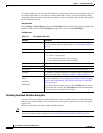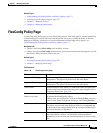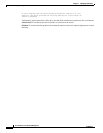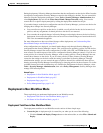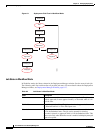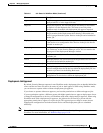
CHAPTER
8-1
User Guide for Cisco Security Manager 4.4
OL-28826-01
8
Managing Deployment
The settings and policies you define in Security Manager must be deployed to your devices so that you
can implement them in your network. The steps you take to deploy configurations to devices depend on
whether you are using Workflow mode or non-Workflow mode.
Although non-Workflow mode is the default mode of operation for Security Manager, you can use
Workflow mode if your company requires it. For more information, see Workflow and Activities
Overview, page 1-18.
The following topics provide information about deploying configurations to devices, in each workflow
mode:
• Understanding Deployment, page 8-1
• Working with Deployment and the Configuration Archive, page 8-26
• Rolling Back Configurations, page 8-59
Understanding Deployment
A deployment job defines how configuration changes are sent to devices. In a deployment job, you can
define several parameters, such as the devices to which you want to deploy configurations and the
method used to deploy configurations to devices. You can also create deployment schedules to
automatically spawn deployment jobs at regular intervals.
The following topics will help you better understand and use deployment jobs:
• Overview of the Deployment Process, page 8-1
• Deployment in Non-Workflow Mode, page 8-3
• Deployment in Workflow Mode, page 8-5
• Including Devices in Deployment Jobs or Schedules, page 8-8
• Understanding Deployment Methods, page 8-8
• Handling Device OS Version Mismatches, page 8-13
Overview of the Deployment Process
Broadly speaking, deployment is a three-step process, as described in the following table.




